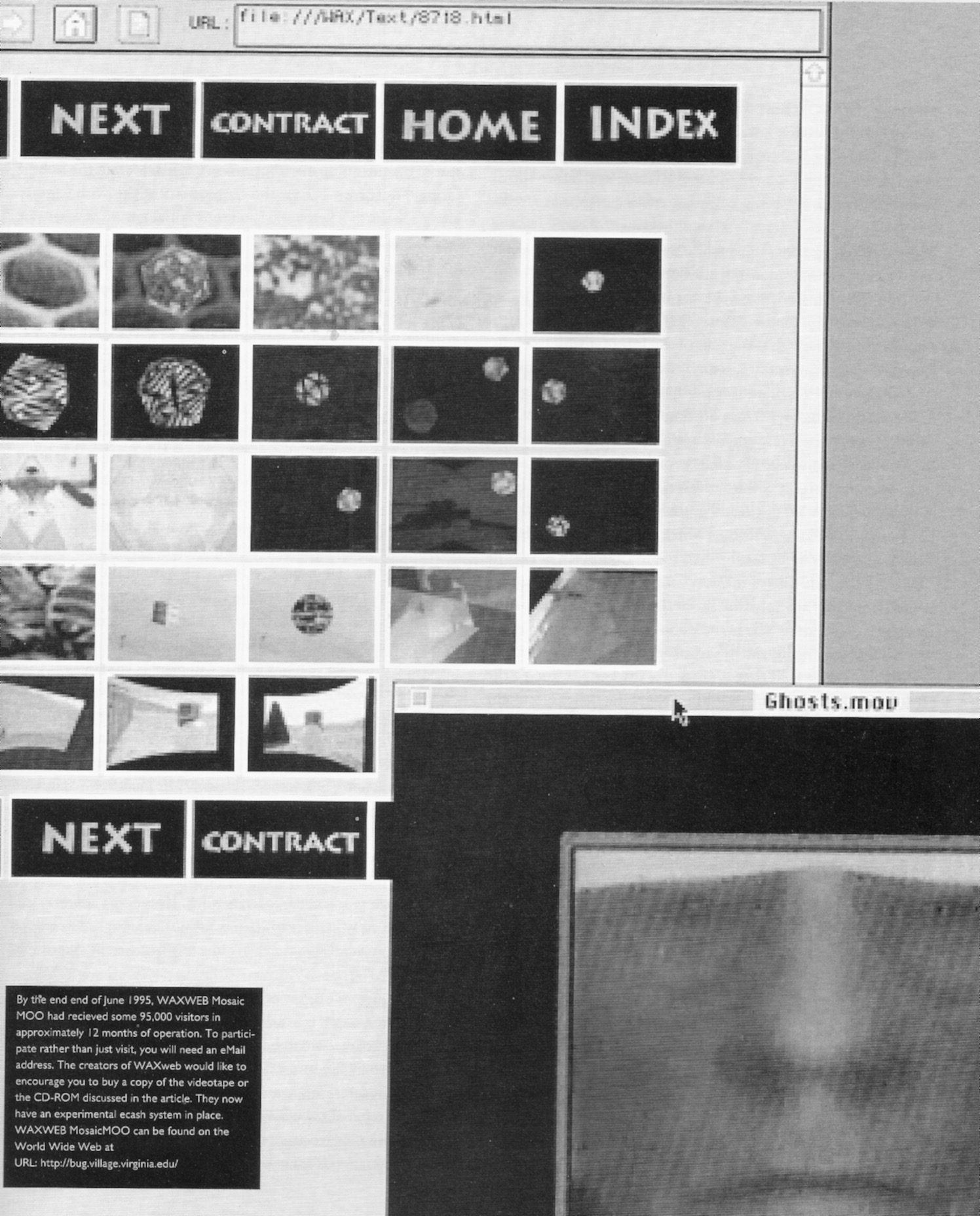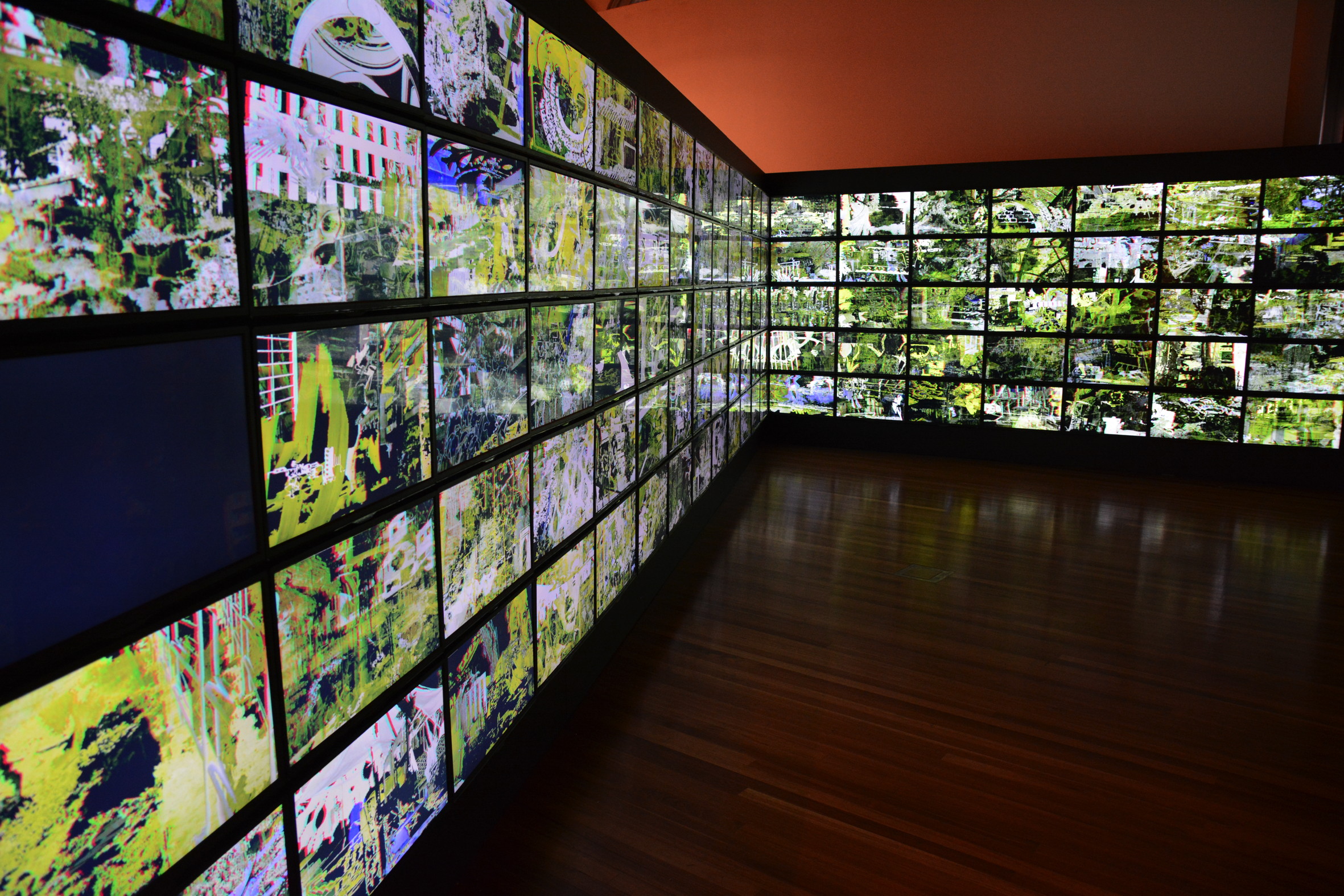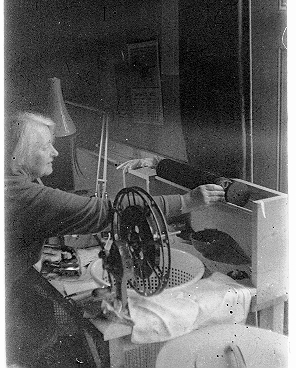In the early 70s I took part in a performance event organised by Anthony McCall. About six of us met at the Balderton Street annexe of Regent Street Polytechnic, (now the University of Westminster, and by coincidence the film studio in which I spent my final year of college). We brought film cameras, still cameras and sound recording gear to make images with the huge pile of newspapers that filled the space. Besides myself and Anthony, Carolee Schneeman amd others took part. TODAY, 14th June 2011, only forty years later, I heard from Anthony:
“I just completed Circulation Figures. I made an installation, an altered space like the original event, with facing mirrors and scrumpled-up newspaper. At the center, a floating, double-sided screen on which is projected the footage shot at the event. The footage is highly organized but not edited in the conventional sense. First, the color reels are alternated with black-and-white; second, the footage runs for 30 seconds and then freezes; each freeze lasts 30 seconds before the action resumes. Including the freeze-frames one complete cycles lasts 36 minutes. The moving-image sequences are silent, whereas the frozen sequences have live sound (walking on newspaper, camera whirrings and shutter-clicks). The images, the floating screen, and the newspaper-strewn floor are extended into infinity (as we were at the original event, and as visitors to the installation are).
The piece was installed in the exhibition “Off the Wall”, at Serralves in Portugal, a show devoted to performative actions (see http://www.serralves.pt/actividades/detalhes.php?id=1951).”
http://www.flickr.com/photos/62606737@N04/







